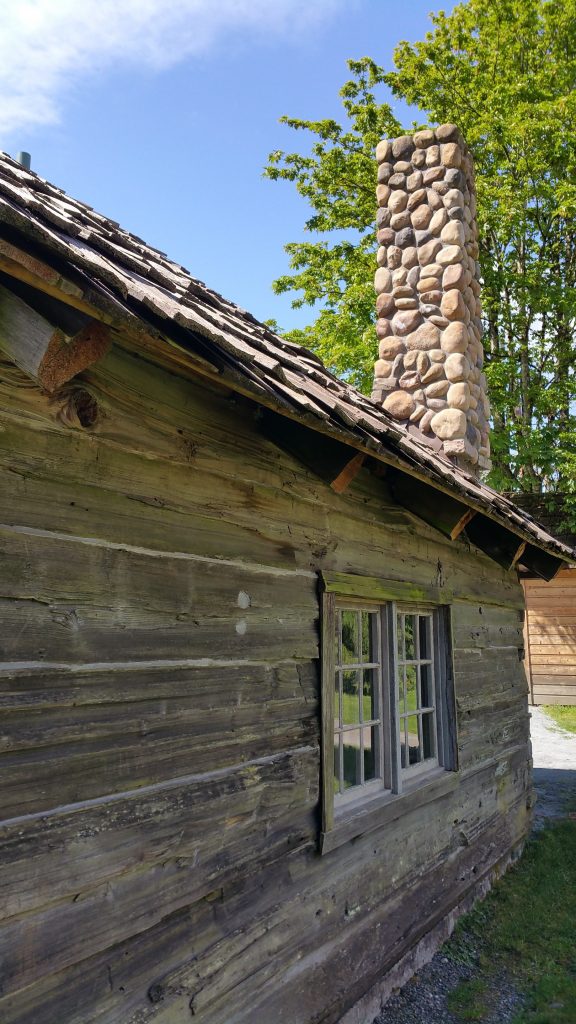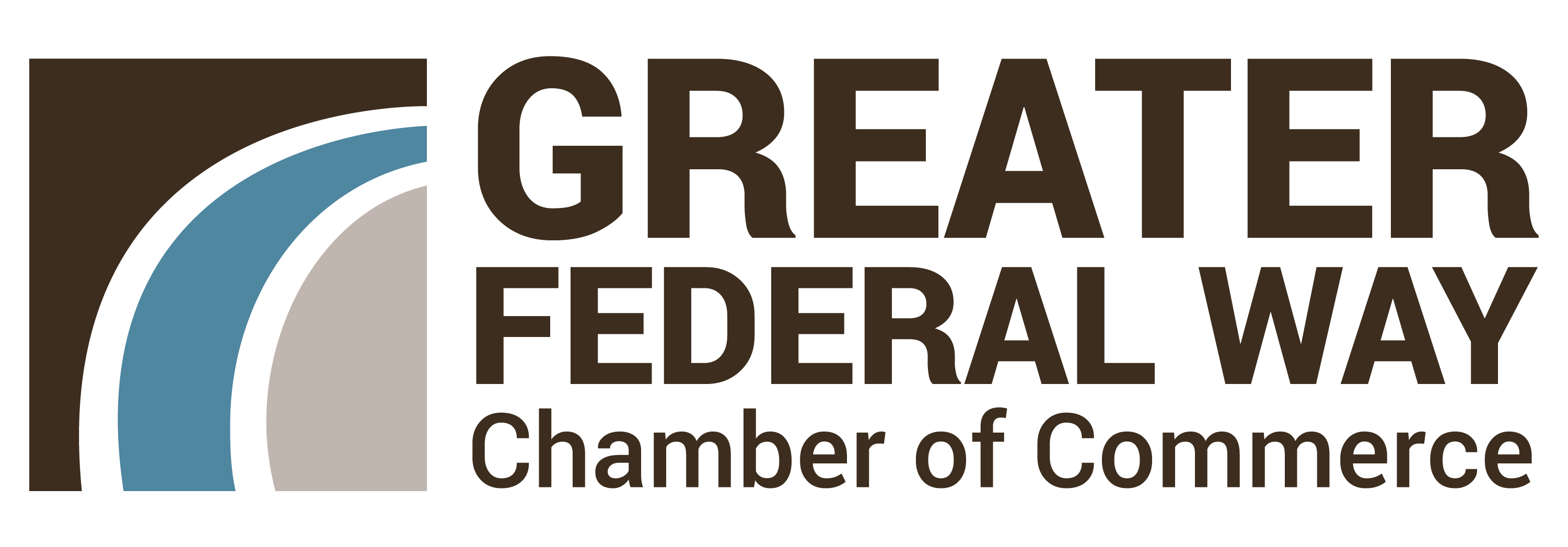History
The name Federal Way was first used in 1929 to identify the local school district. It was officially adopted in the early 1950s by the Chamber of Commerce. The city of Federal Way was incorporated on February 28, 1990.
One of the first area explorers was Captain George Vancouver, who sailed into southern Puget Sound in 1792. Prior to white settlement, the region served as hunting and fishing grounds for the Muckleshoot and Puyallup Indian tribes.
Thanks to federal funding, construction began on Old Military Road in the 1850s. It was built as a dirt pathway while the area was still Washington Territory. One of the longest still-traceable sections is a primarily north-south route from the Pierce County line through Federal Way to Des Moines.
In the early 1880s, Jacob Reith and his family settled in a cabin on a 640-acre timber claim. A year later, John Barker arrived with his family. He spent the next few years building a cabin for their residence.
By 1888, Father Peter Hylebos had arrived to found St. George’s Indian School, now the site of Gethsemane Cemetery. The school, which operated until 1936, boarded 80 to 100 Puyallup and Muckleshoot students each year.
David T. Denny, a Seattle pioneer, built the Denny Cabin at the entrance to what is now the West Hylebos Wetland Park in 1889. The state of Washington joined the union the same year. Barker’s and Denny’s homesteads are the oldest original structures still standing in Federal Way.
Stone’s Landing, originally a logging center, served as a primary connection to Seattle and Tacoma, as well as an entertainment and commercial gathering place for locals though the 1890s. In 1906, it was renamed Redondo. It is now part of the city of Des Moines.
Learn more about the area’s past and view historic photos by visiting the two historic cabins as well as special events.

The Barker cabin, the homestead of one of the earliest settlers in the region.






